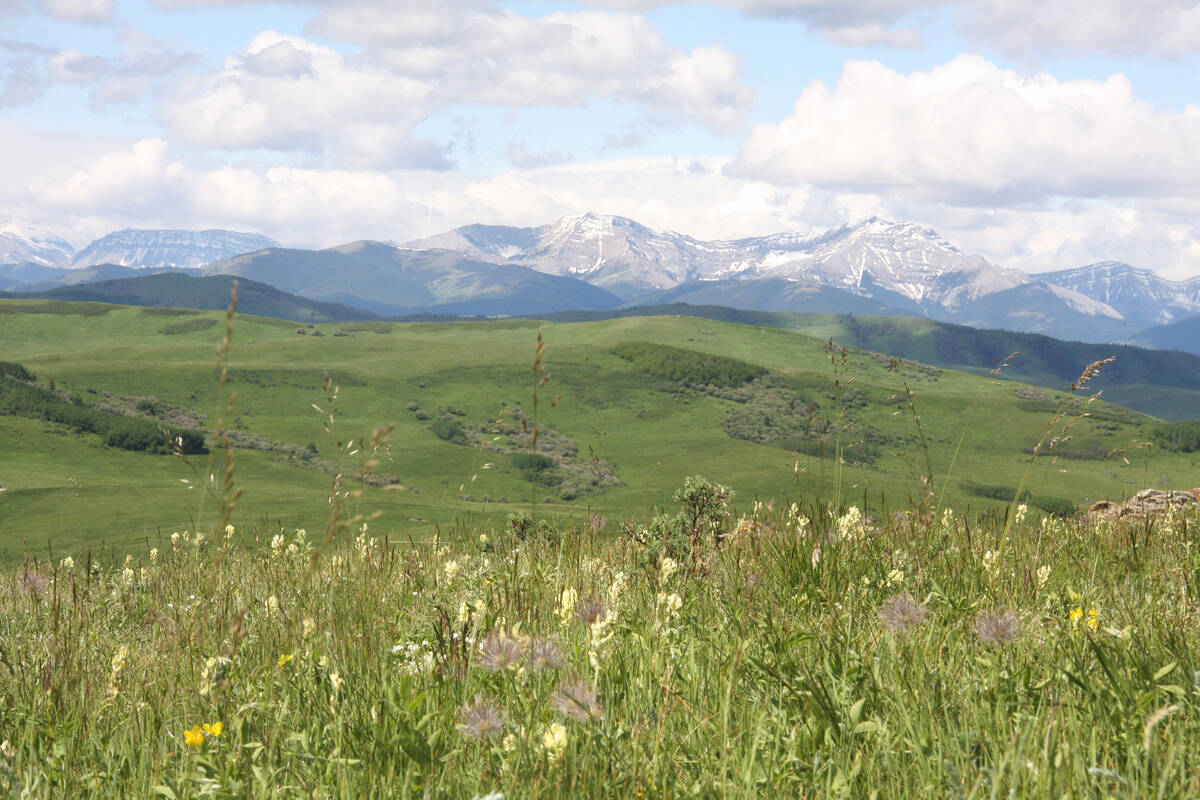WINNIPEG — Prairie farmers are paying a higher price for fertilizer this year as the North American market responds to increased demand and higher production costs.
The cost of phosphate products is up 25 percent over the peak prices last spring, while the cost of nitrogen fertilizer is up about 16 percent, said Doug Clark, manager of fertilizer marketing for the Saskatchewan Wheat Pool.
Clark said farmers aren’t cutting back on what they spend, but they are juggling their fertilizer budgets between products to get the maximum value.
Read Also

Selenium not deal breaker in coal mining: expert
Environmental scientist weighs in on coal mining debates in Western Canada, explaining selenium and the technologies and practices to lower its concentrations in nearby waterways to coal mining operations
“What we are seeing is producers have budgeted so much per acre for crop nutrients. They don’t back off on that, but it means they are putting less down,” Clark said.
John Miller, manager of the northern region for Cominco Fertilizers Ltd., said higher natural gas prices are the main reason behind this year’s price increases on the prairies.
“Natural gas prices have more than doubled from a year ago at this time,” Miller said.
Natural gas is a primary ingredient in the production of nitrogen fertilizers, and anhydrous (a nitrogen product) is a necessary ingredient in the manufacture of phosphates.
Other factors include increased U.S. demand for fertilizer and a weak Canadian dollar.
Rich Pottorfs, a consultant with the U.S. forecasting firm The WEFA Group, said the huge increase in demand for anhydrous in the U.S. has driven up its price nearly $100 U.S. per tonne over the last two months.
“This is highly unusual,” Pottorfs said.
Anhydrous sold in the U.S. last year at this time for about $93 per tonne. That same product is selling for more than $220 per tonne this year.
Lorne Henry, a Manitoba farmer who surveys prices across the province on behalf of the Keystone Agricultural Producers, said retail fertilizer prices in Manitoba have risen between $30 and $40 (Cdn.) over last year to $265 per tonne.
Industry officials said fertilizer is one product in which the weak Canadian dollar works against farmers on both imports and exports.
Canada is a net exporter of nitrogen products, and the increased demand in the U.S. means prairie farmers must compete against U.S. buyers for supplies.
“Anytime you are … trying to keep product from moving out of Canada to somewhere else you have to compete with who is buying,” Pottorfs said.
Meanwhile, Canada imports much of its phosphate from Florida and must pay for the product in American funds.
Henry said dealers he surveyed didn’t expect to experience widespread shortages this spring, although some localized shortages could occur during peak demand periods.














